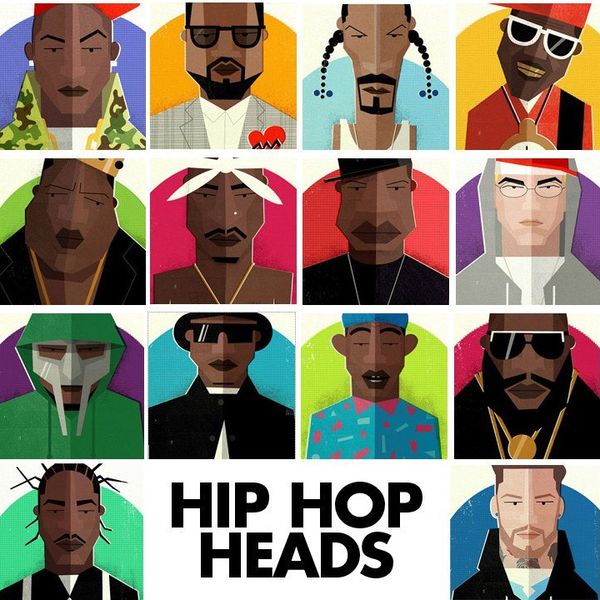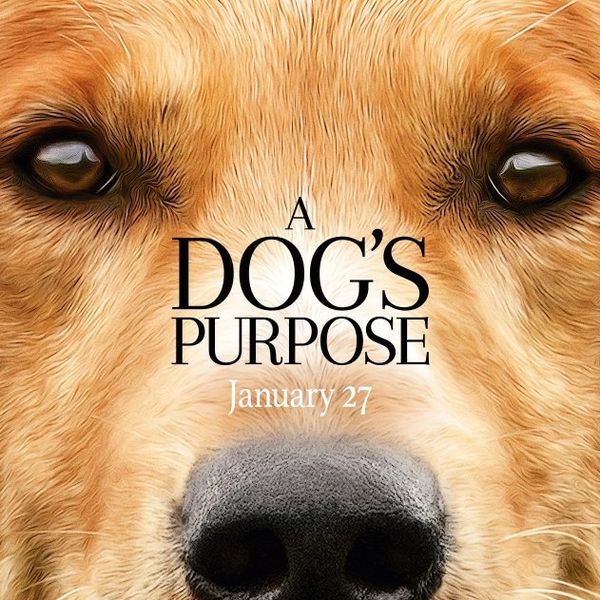It all started with Robert Moses, a city planner and unelected New York City official who began a one-man crusade to modernize the Big Apple in post-Depression America. Moses built parks, swimming pools and highways in an attempt to slow the epidemic of white flight from the city to the suburbs that began in the 1930s, and to ease the commute for wealthy suburbanites who worked in the city. One of these highways, the Cross Bronx Expressway, cut through the borough like a hurricane, leveling an untold number of buildings, displacing thousands of people and businesses and relocating neighborhoods like East Tremont to the pages of the history books.
The expressway obliterated large sections of black and Puerto Rican neighborhoods, and those areas left standing were thrust into even more dire economic straits than before. Most poor black and brown families displaced by the project were forced into the South Bronx, an area with many housing projects but precious few working opportunities. The South Bronx in the years after construction began on the Cross Bronx Expressway was a decaying urban wilderness, ignored by the New York City government who were more concerned with the welfare of wealthier white communities.
From the desolate environs of the South Bronx, the culture of Hip-Hop was born. Young men and women, making the best of a terrible situation, began to express themselves by rapping, DJing, breakdancing and creating graffiti art. These became the first four elements of what would become the culture of Hip-Hop. Hip-Hop historian Jeff Chang believes that “[Hip-Hop] did not start as a political movement . . . the kids who started it were simply trying to find ways to pass the time,” but I would amend that statement to say Hip-Hop did not intentionally start as a political movement. While it’s true that the youths of the South Bronx weren’t politically minded when they began forming Hip-Hop culture, they were fighting back (whether they knew it or not) against a system that didn’t care about them. Along with knowledge, the fifth and arguably most important element of Hip-Hop, emceeing, turntablism, b-boying, and graffiti were more than ways to pass the time in a desperate environment. They were tools that would light the spark of a revolution.
Thus, it was Robert Moses, nothing more than the personification of a country that left them to rot in the slums, which gave inner-city kids of color a mighty voice. This was something that their parents were not lucky enough to have when projects like the Cross Bronx Expressway were being built without any thought to the way they would affect poor black and brown lives. With the release of the first ever rap song, the Sugarhill Gang’s “Rapper’s Delight” in 1979, Hip-Hop was able to climb out of its derelict home in the South Bronx and reach inner-city communities across the country.
In a way, this was a great progress; the kids in the South Bronx had spread the liberating value of their culture not only past New York City, but also past the East Coast and into every corner of the United States. Hip-Hop may not have started out as intentionally politically minded (“Rapper’s Delight” was straight up party-rap), but the first rap song paved the way for other inner-city voices. Many of these had eye-opening social significance, such as Grandmaster Flash and the Furious Five’s “The Message," which came less than two years after “Rapper’s Delight” and lamented life in New York City’s forgotten neighborhoods with lyrics like:
"Rats in the front room, roaches in the back
Junkies in the alley with the baseball bat
I tried to get away but I couldn’t get far
‘Cause a man with a tow truck repossessed my car"
So if Hip-Hop was a political apparatus, and rap music was able to find national popularity in the late 1970s, it seems natural that poor urban youths from all over the country would use rap as a voice to fight the system that kept them trapped in their situation. This was certainly the natural evolution of the art form, and Public Enemy’s entrance into the scene in 1987 seemed like an affirmation of Hip-Hop as a socio-political art. Looking from another perspective, however, it seemed as though Hip-Hop was already on its way to losing its soul. Through radio play, “Rapper’s Delight” had introduced America to Hip-Hop music, but not the Hip-Hop culture in its entirety. The Bronx knew Hip-Hop as the five elements, but thanks to the Sugarhill Gang, the Hip-Hoppers from the motherland worried that Hip-Hop was being introduced to America in a watered-down form. Without the five elements as a whole, who knew what direction Hip-Hop would take? Well, the West Coast had the answer.
Like every art form before or after it, rap music reflected its environs, and a large part of its environs was crime. Although rap music with criminal elements in the lyrics had been done before them on both coasts, N.W.A.’s landmark 1989 album "Straight Outta Compton" would put hardcore rap on the map, introducing white listeners to Hip-Hop and popularizing the West Coast subgenre the media called “gangsta rap." Consequently, hardcore rap from both coasts became the norm and dominated radio play and record sales until its decline in the early 2000s.
Last week I wrote an article that described how everyone from presidents to rock and roll legends have scorned rap music. The years of immense popularity of so-called gangsta rap are undoubtedly a dominant reason for this. But I didn’t write this piece to decry gangsta rap, but rather to condemn a commercial element that arose within Hip-Hop after N.W.A. and managed to turn popular rap music into a grotesque, plastic caricature of itself. The rappers themselves are undoubtedly at fault, but so are the major record labels that pushed commercial hardcore rap to the American public like drug dealers preying on naïve schoolchildren.
You see, even gangsta rap can have a positive impact. According to Alex Gale, senior editor at Billboard Magazine, N.W.A.’s music was a demonstration of “ . . . people being able to say what they want . . . they were really purposeful pushing the boundaries . . . it’s hard to imagine how . . . pop culture would’ve developed without them really kicking down that door.” And when considering tracks like “F*** Tha Police”, it’s hard to argue with him:
"F*** the police coming straight from the underground
A young n**** got it bad ‘cause I’m brown
And not the other color so police think
They have the authority to kill a minority"
When considering Ice Cube’s opening lines to the groundbreaking song, one not only realizes just how right those who praised N.W.A.’s fearlessness in the way they spoke were, but also sees how their lyrics are reminiscent of the struggles the kids in the South Bronx faced during the infancy of Hip-Hop culture. The five elements were a reflection of life for black and brown kids in the South Bronx in the 1970s. “F*** Tha Police” was a reflection of life for the kids in the black sections of Los Angeles in the 1980s. Sure, it’s "gangsta rap," but it’s also politically driven and socially aware. And while the media and the music industry chose to focus on the more violent and misogynistic components of N.W.A.’s music, it doesn’t mean the elements with social value were never there.
Hip-Hop has always been a political instrument, a tool of change and a weapon against societal oppression of urban communities of color. Even when its most popular form arguably did nothing but exploit and celebrate the hardships of these communities for profit, there were those artists and songs not heard on the radio that kept the original power of the culture alive. And while the media and music industry have overshadowed these artists, giving non-fans of Hip-Hop a false impression of the art form, its history and its power for positive change, these artists have always been there, just under the surface of mainstream music, waiting to be discovered. At the end of the day, the Hip-Hoppers in New York who worried that “Rapper’s Delight” would destroy their culture were right, to a point. DJing has been used less and less frequently as digital production has taken its place, while breakdancing and graffiti have largely become independent art forms not associated with Hip-Hop in the public mind. But knowledge, the fifth element of the culture, has never left Hip-Hop or rap music, and is easily observed by those that know where to look. I leave you with the words of South Bronx natives Boogie Down Productions:
"It’s calm yet wild the style that I speak
Just filled with facts and you will never get weak
In the heart . . .
Let me demonstrate the force of knowledge
Knowledge reigns supreme
The ignorant is ripped to smithereens"





















